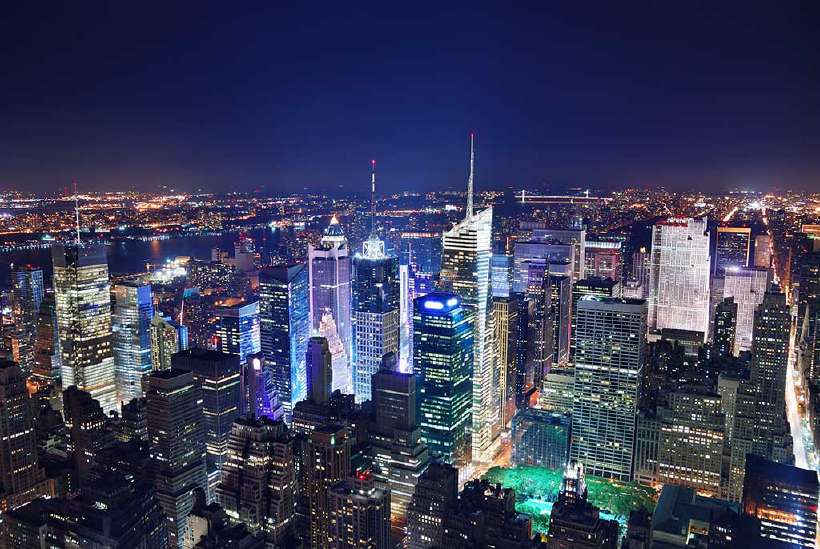Is New York Burning?
Home / Science for Kids / Planet Earth for Kids / Is New York Burning?
In New York, people consume about 500 million kilowatt hours of energy per square kilometre every year. This is almost half of the total amount of solar energy (heat of the sun rays) falling on such an area in a year. So New Yorkers, in effect, live under a sun-and-a-half.
In addition, paved areas, walls and the roofs of buildings absorb and re-radiate more heat than soil or plant-covered ground. Water runs off these surfaces more rapidly, allowing little cooling by evaporation. And the heat is produced by the bodies of the people themselves and leaks out of every building.
This interesting fact comes from the ‘Woodpecker volume 2000’, which carries interesting facts on the state of the planet and is brought out by the Academy of Mountain Environics, an NGO based in Dehradun, in north India. Creating environmentally sustainable technologies at the local level is its main concern.

On a normal day, the air temperature in a city like New York is higher than its surrounding areas, says the Woodpecker volume. Scientists call these cities “urban heat islands.”
If New York becomes this hot, it should have been burnt to a cinder long ago. What saves the city year after year from cooking itself to death?
To find an answer to this, let us try and understand the way our body keeps itself cool.
Our bodies are like hot electric irons, without an electric supply of course! Our bodies absorb heat from the sun and the environment. The process of digestion heats up the body further. And just like any other body, overheating can be dangerous.
So what does our body do to counter this heat? We sweat. The evaporation of sweat, caused by the wind blowing over the surface of our skin, takes the heat away and cools our body down.
The city of New York keeps itself cool by using the same phenomenon. What saves the city are strong winds. As the city becomes hot, the air also heats up substantially. Since hot air is lighter than cold air, it rises up, leaving behind a space with low air pressure.
![Is New York Burning? [Illustration by Shinod AP]](/media/earth-124_1_hu7598e05fb4d0c590b11872df77eea8d0_10618_820x0_resize_q60_box.gif)
All it takes is a Force 6 wind once in a while to eliminate the heat island effect altogether.
A Force 6 wind, according to the Beaufort Scale that measures wind velocity on a scale till 12, is a strong breeze that blows 40-50 kilometres per hour. When the wind moves over the seas, it get cooler and replaces the hot air of the city.
In effect, these winds act as giant coolers that drive cold air of the seas to replace the hot air over the land. This makes the city cool and hence habitable.
472 words |
4 minutes
Readability:
Grade 7 (12-13 year old children)
Based on Flesch–Kincaid readability scores
Filed under: planet earth
Tags: #scales, #evaporation
You may also be interested in these:
How are Earthquakes Recorded?
Scales for Safety
The Quake that rocked Gujarat
Why do Earthquakes Occur?